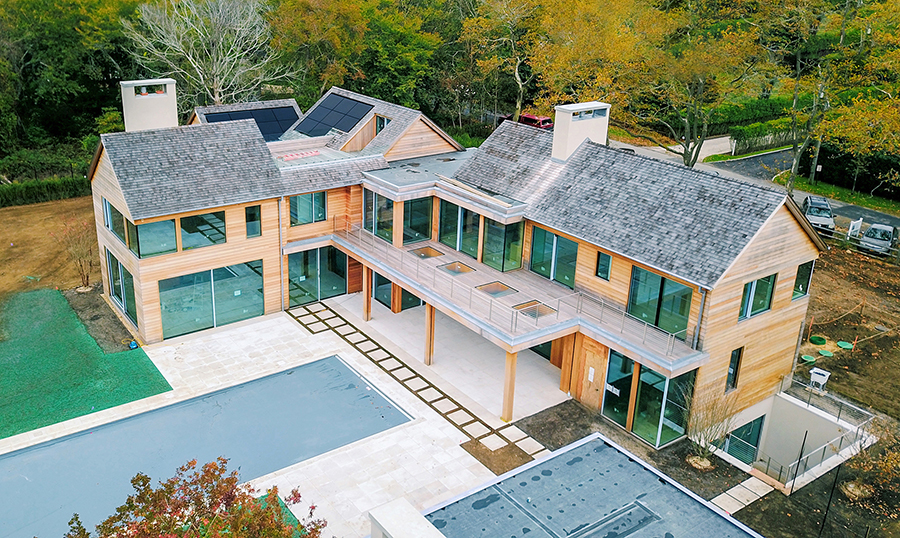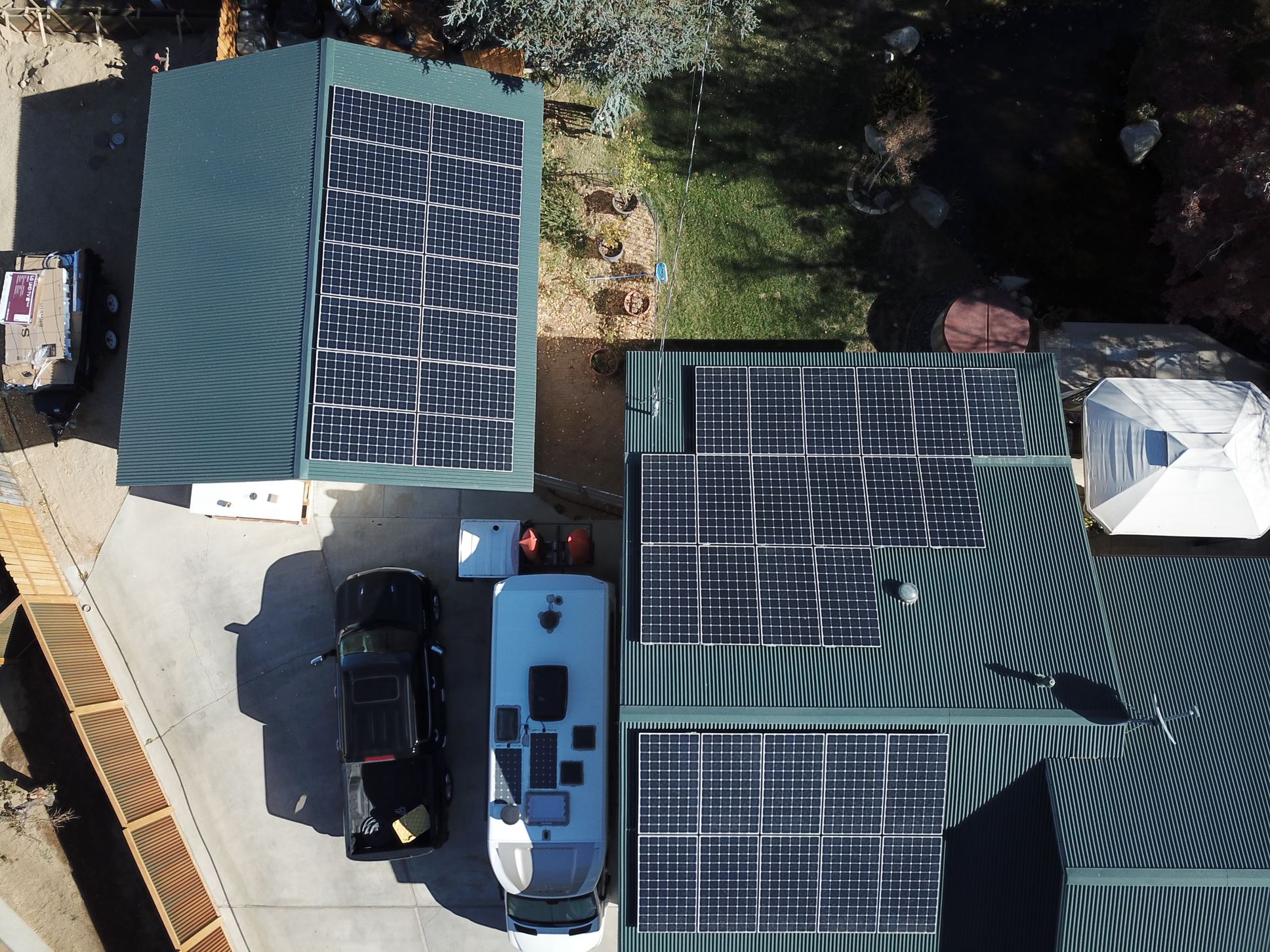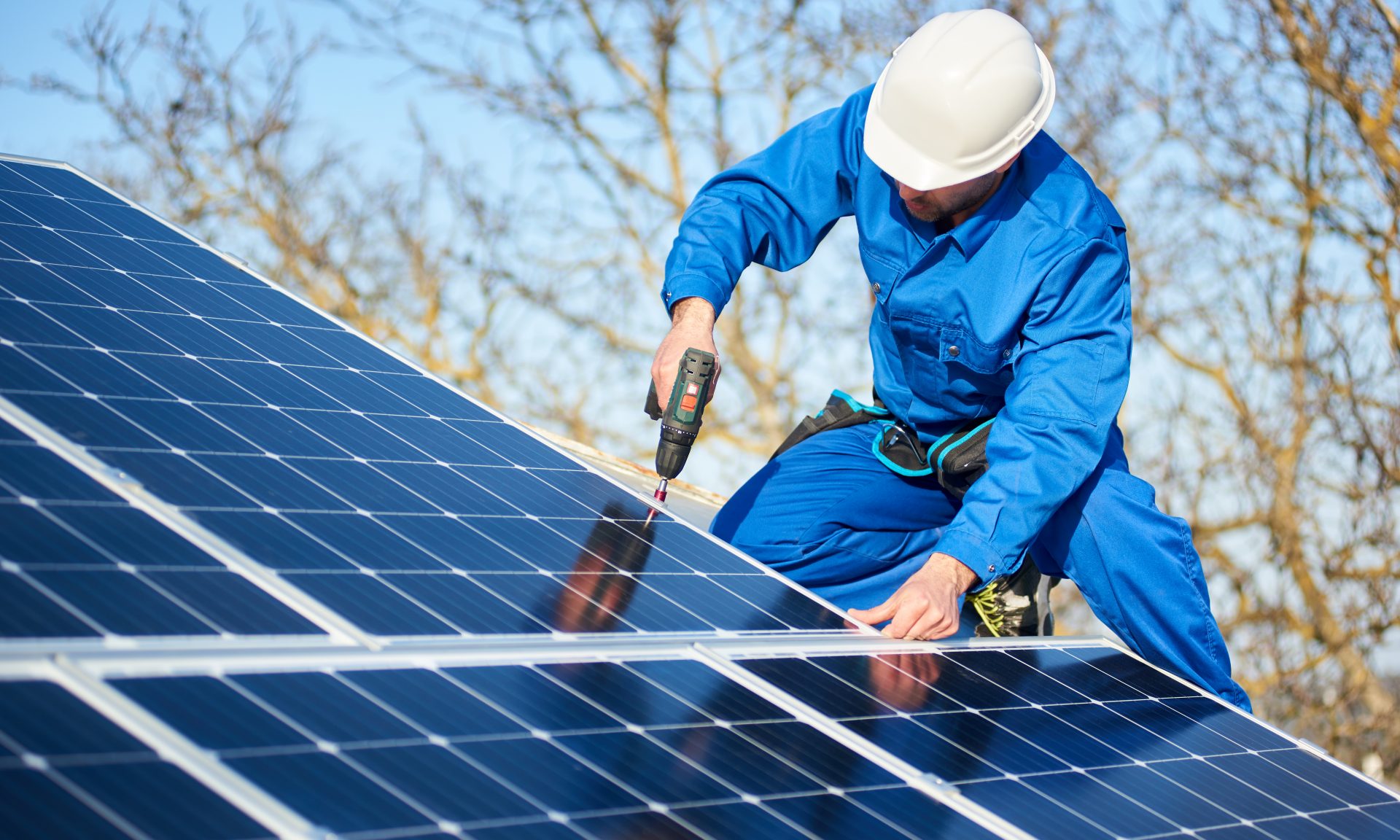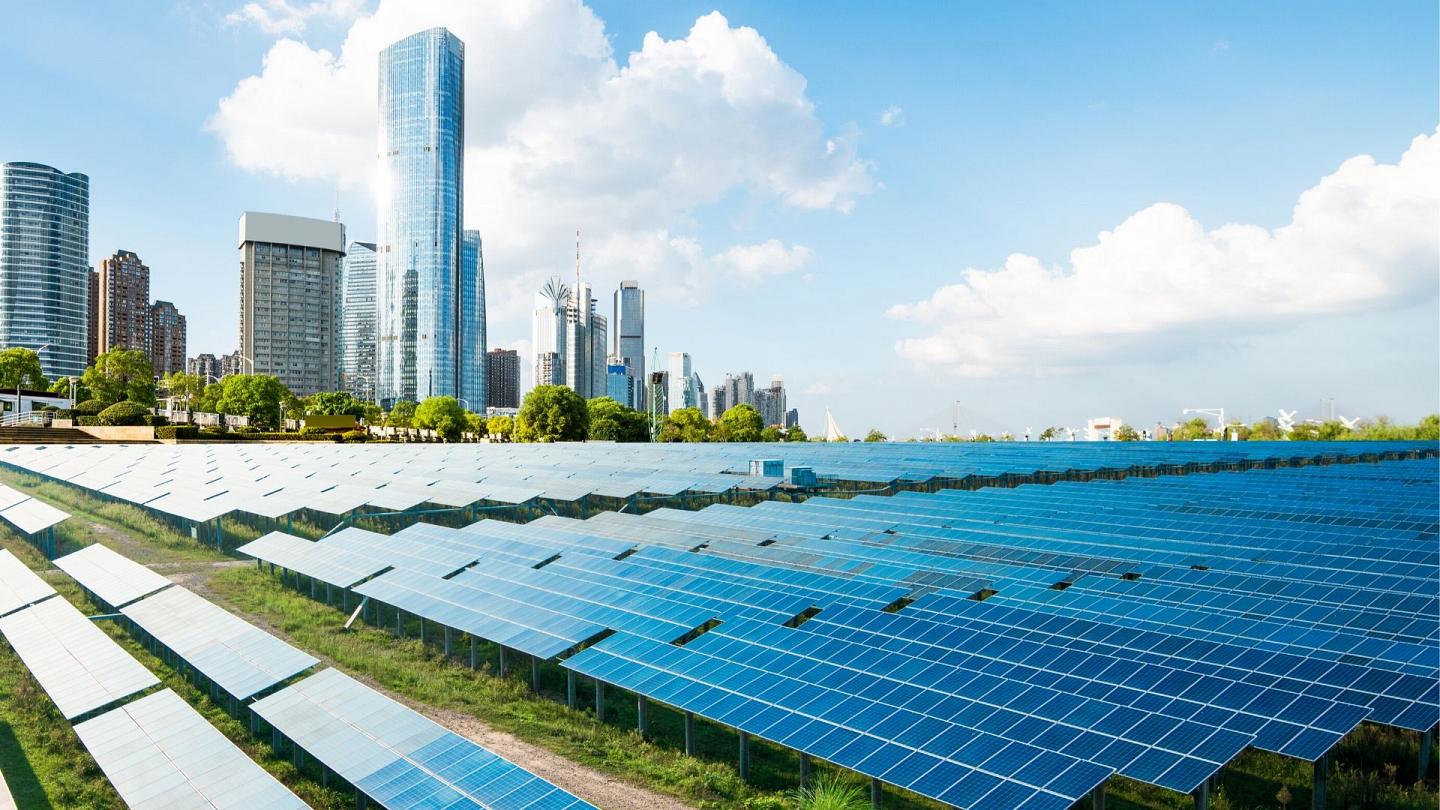
bECOME eNERGY Independent with
5 easy steps
01
Contact us for a free consultation.
The installer will ask you a series of general questions about your home. This often includes questions about your utility, the amount of your monthly electric bills, the age of your roof, the angle of your roof (flat or pitched) and the type of roof, such as shingles, tiles or clay. In addition to giving you an estimate, your installer will often provide solar financing options and educate you about any local and federal incentives for which you may qualify, such as the 30 percent federal solar investment tax credit (ITC).
Once you choose an installer and secure your financing method, the solar system installation process can begin.


02
Home and Site Evaluation
Your solar installer will schedule an appointment to inspect your attic, your roof and your home’s electrical system. He or she will determine the best location to mount the hardware that runs your system (often in your garage or another unobtrusive area).
During the inspection, the installer will evaluate your property to ensure that the installation is code compliant and will recommend upgrades if required. For example, if you have an older home, your electrical panel may need to be updated, or when inspecting your attic or roofing, the installer may discover issues that require repair before your system is installed.
03
Design and Permitting Phase
Once all of the information and measurements have been gathered, the solar installer will create a solar engineering and site design plan. The plan will include the number of panels and where they’ll be placed on your roof, the wiring of the system and how it will be interconnected with the utility. The design plan should also ensure compliance with local fire safety requirements. The installer will then submit these plans to your city/county permitting departments and to your utility company.
The design and permitting phase typically takes approximately one to three months, depending on the jurisdiction. Your installer should keep you informed about the progress and let you know when it’s time to schedule the physical installation date.


04
Solar Installation
In some ways, the actual installation is the easiest part of going solar. You might need to be present when the installers arrive so you can give them access to your roof and to the electrical system of your home. If you have pets, make sure they’re safely secured.
If you’re interested in watching, your installer will let you and your family know where to see all the action — and there will be action. These days, typical solar installations can be completed as quickly as in one to three days, depending on the size of your system.
After the solar panels are attached to the roof and the related electrical and monitoring equipment is mounted, the installer will clean up the work area and begin the last phase.
05
Inspection and Interconnection
As with permitting, each city, county, and utility has its own final inspection and approval requirements for solar installations. The city and/or county inspector will visit to make sure that your installation was completed as planned in the granted permit. The inspection process can vary widely and can take anywhere from a few days to several weeks, depending on where you live.
The utility will inspect and sign off on the installation before it’s officially connected to the grid. Once again, this interconnection waiting period can take days or weeks, and as with permitting, the regionally based installers may be able to navigate through the system more efficiently and keep you personally informed about how things are progressing.
After all city, county and utility approvals are obtained, your installer will be ready to flip the switch, and you can have the thrill of seeing your meter spin backward and/or your electricity bill decline as you generate your own clean energy.

